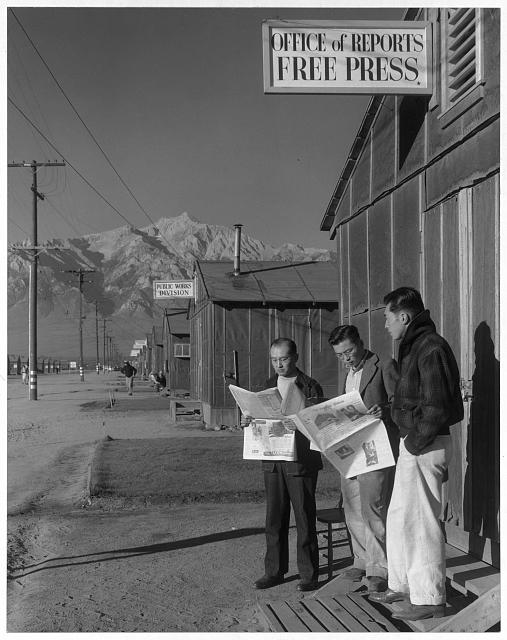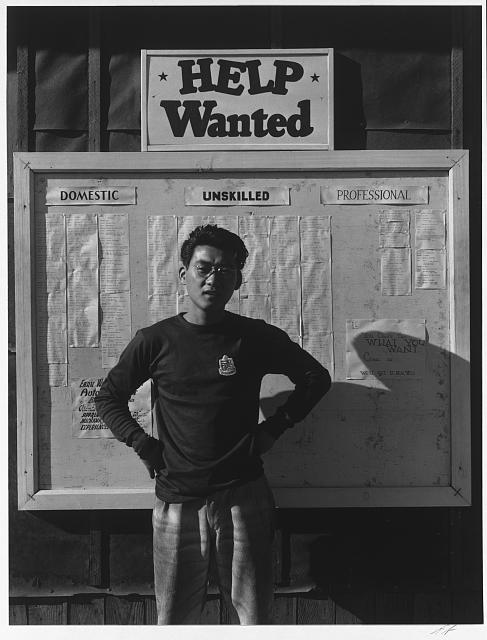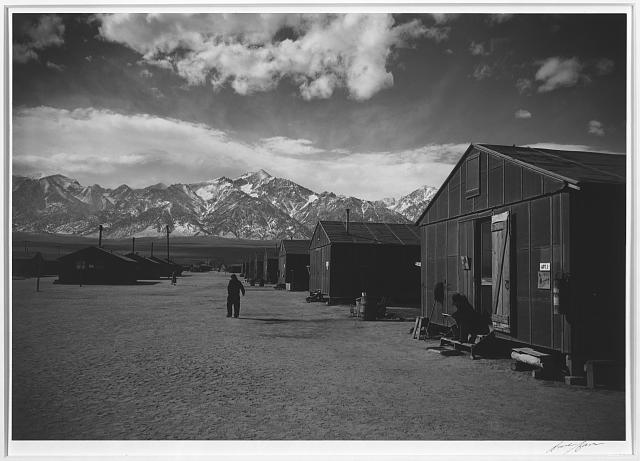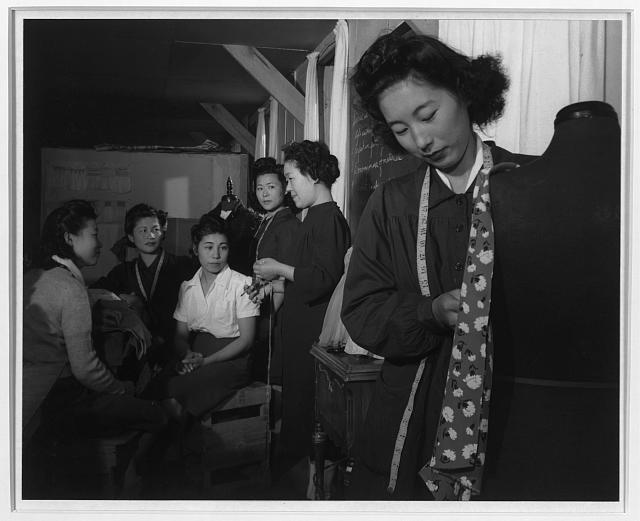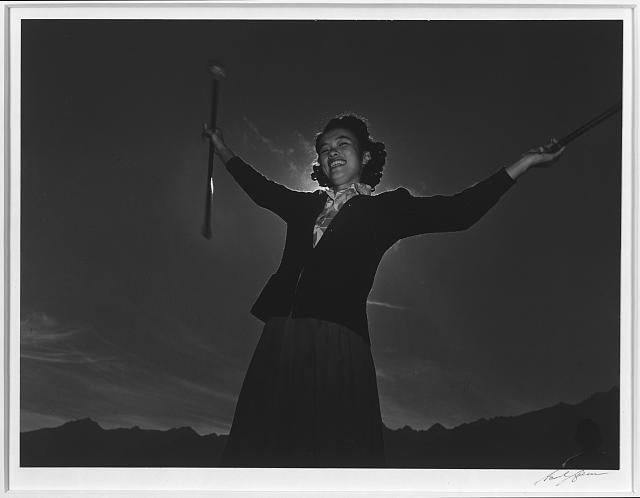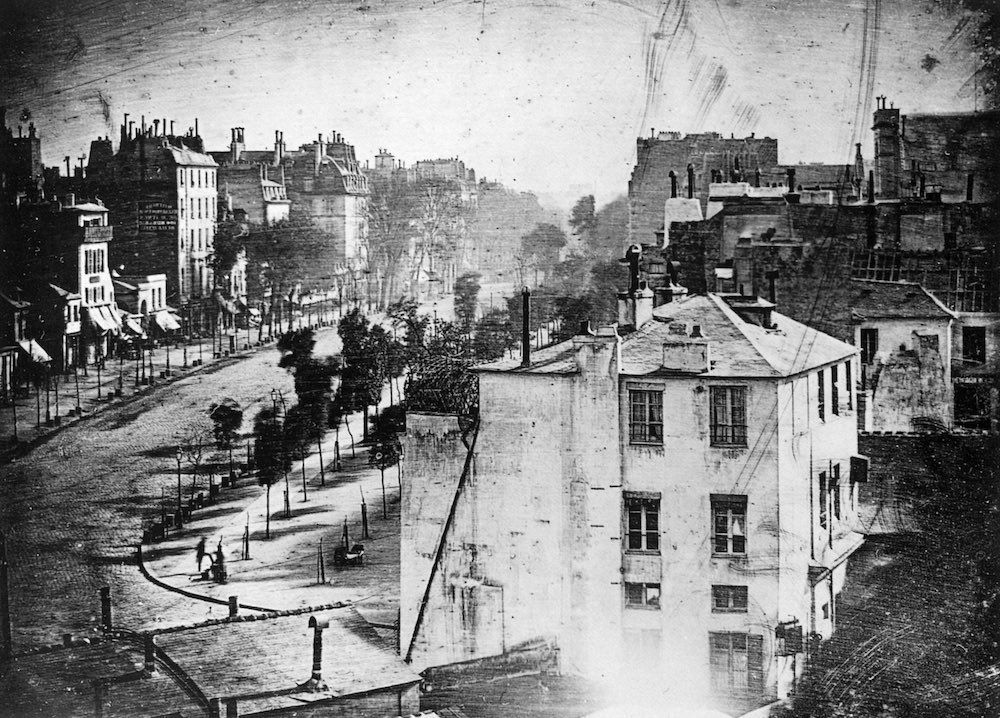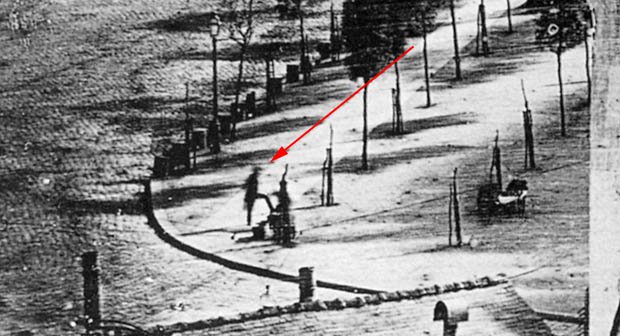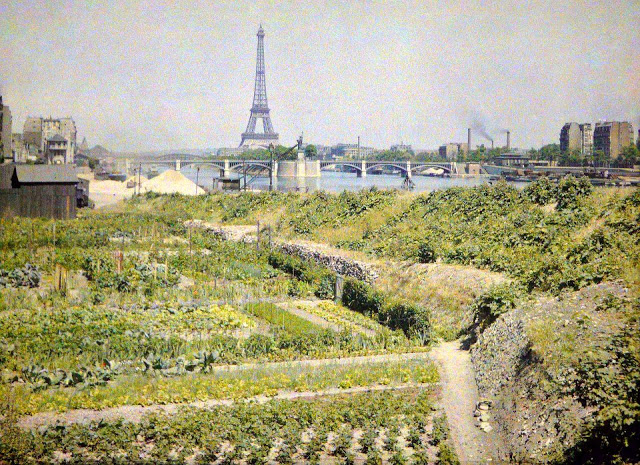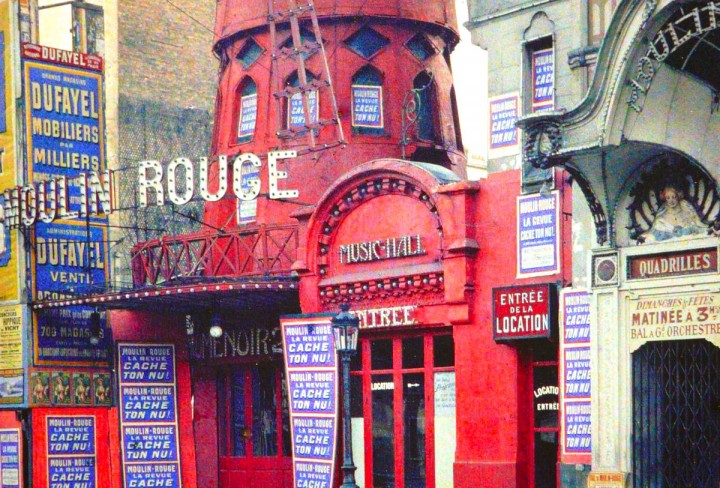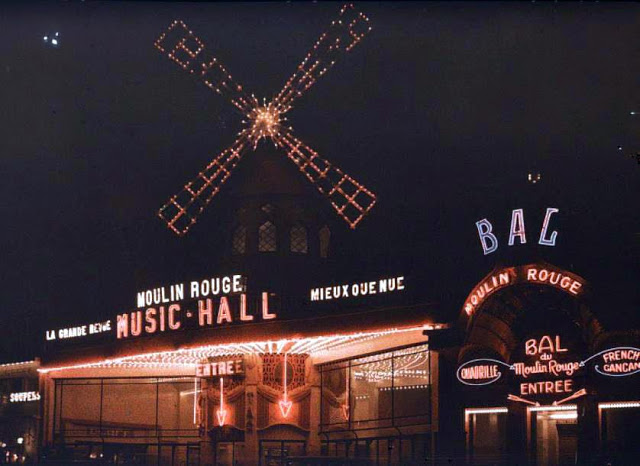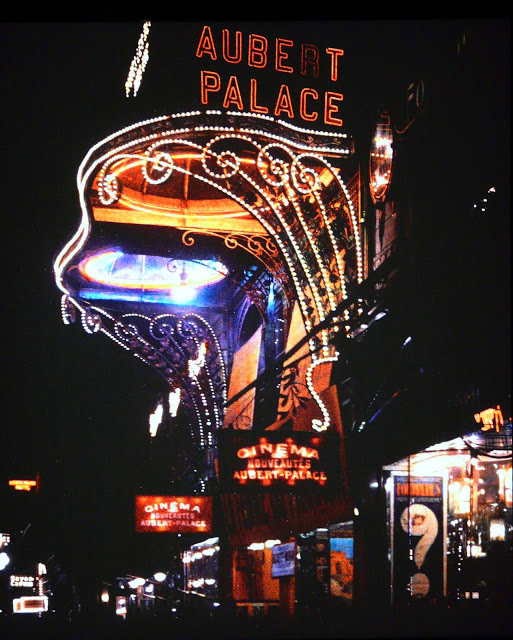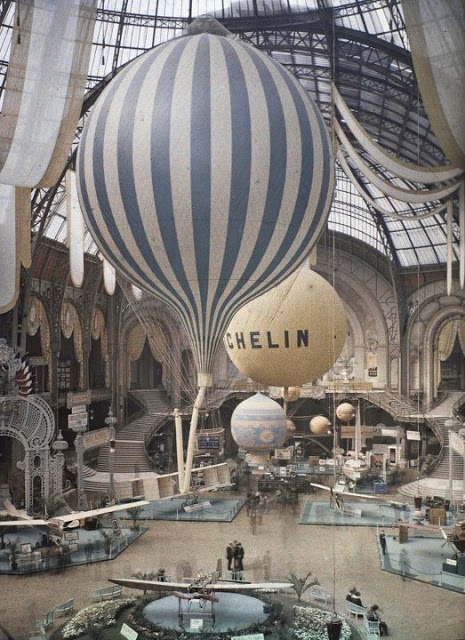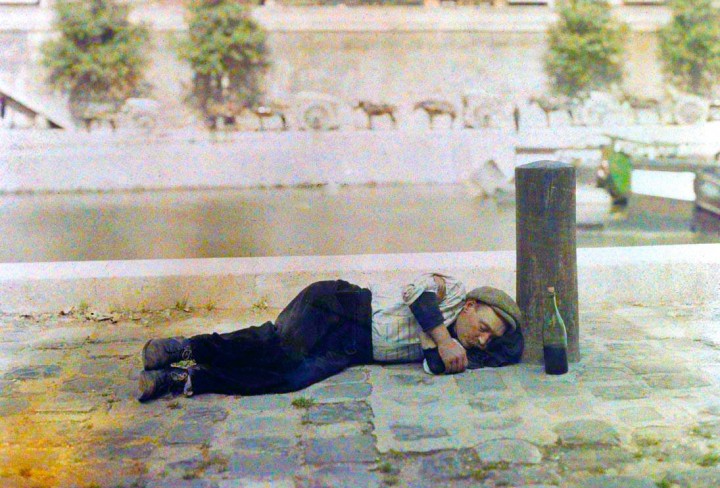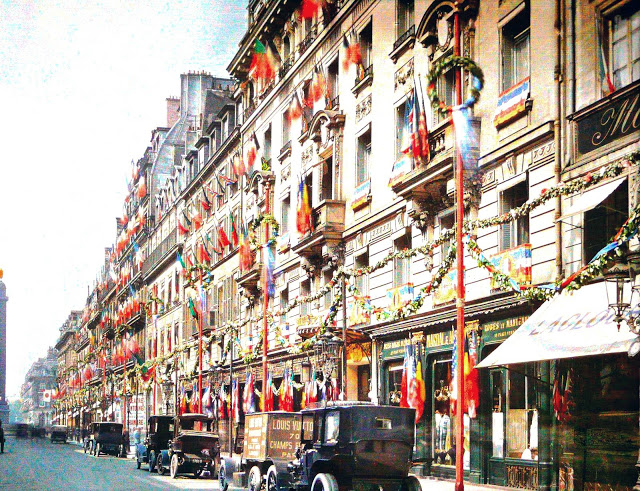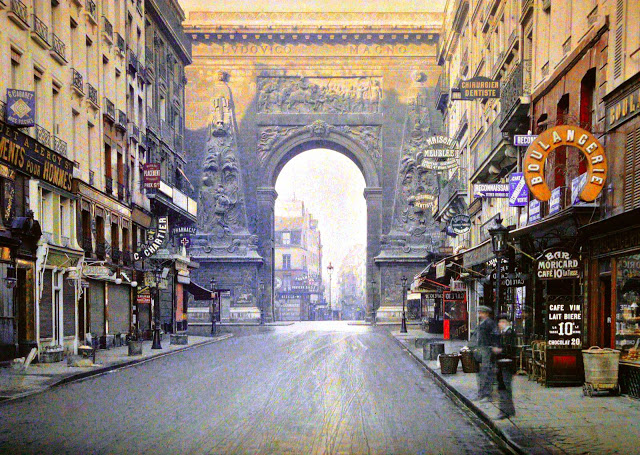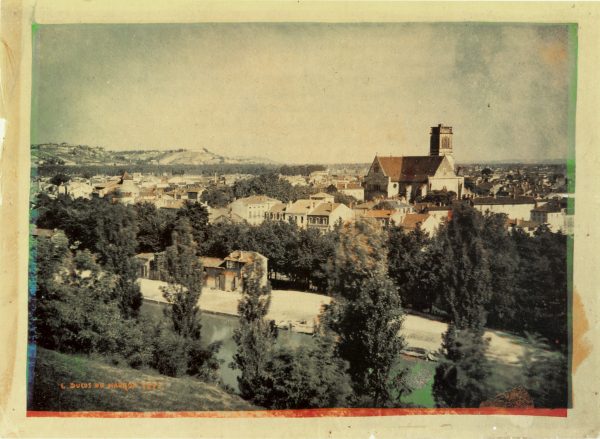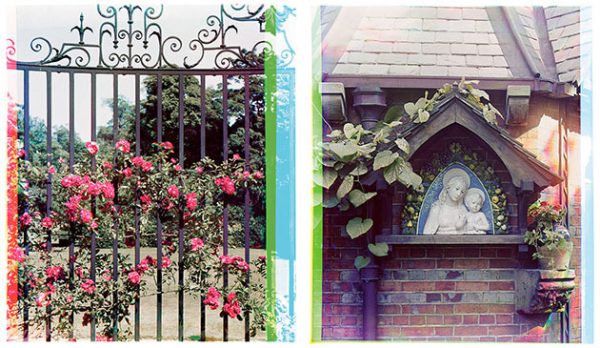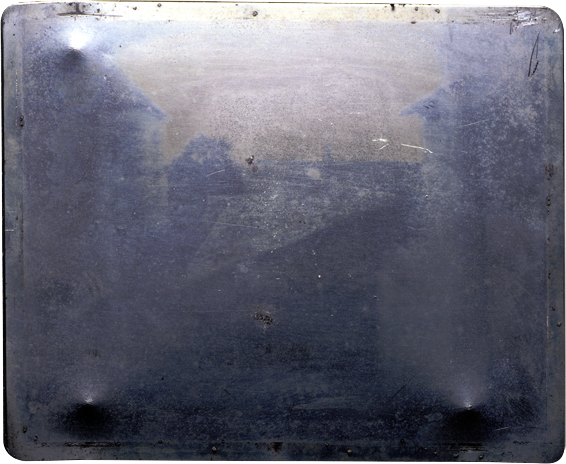A century ago, the great French composer Claude Debussy sat down at a contraption called a Welte-Mignon reproducing piano and recorded a series of performances for posterity. The machine was designed to encode the nuances of a pianist’s playing, including pedaling and dynamics, onto piano rolls for later reproduction.
Debussy recorded 14 pieces onto six rolls in Paris on or before November 1, 1913. According to Debussy enthusiast Steve Bryson’s web site, the composer was delighted with the reproduction quality, saying in a letter to Edwin Welte: “It is impossible to attain a greater perfection of reproduction than that of the Welte apparatus. I am happy to assure you in these lines of my astonishment and admiration of what I heard. I am, Dear Sir, Yours Faithfully, Claude Debussy.”
The selection above is “La soirée dans Grenade” (“Grenada in the evening”), from Debussy’s 1903 trio of compositions titled Estampes, or “Prints.” Debussy was inspired by the Symbolist poets and Impressionist painters who strove to go beyond the surface of a subject to evoke the feeling it gave off. “La soirée dans Grenade” is described by Christine Stevenson at Notes From a Pianist as a “sound picture” of Moorish Spain:
Debussy’s first-hand experience of Spain was negligible at that time, but he immediately conjures up the country by using the persuasive Habenera dance rhythm to open the piece–softly and subtly. It insinuates itself into our consciousness with its quiet insistence on a repeated C sharp in different registers; around it circles a languid, Moorish arabesque, with nasal augmented 2nds, and a nagging semitone pulling against the tonal centre, occasionally interrupted by muttering semiquavers [16th notes] and a whole-tone based passage. Debussy writes Commencer lentement dans un rythme nonchalamment gracieux [Begin slowly in a casually graceful rhythm] at the beginning, but later Tres rythmé [Very rhythmic] in a brightly lit A major as the dance comes out of the shadows, ff [Fortissimo–loudly], with the click of castanets and the stamping of feet.
Debussy was 52 years old and suffering from cancer when he made his piano roll recordings. He died less than five years later, on March 25, 1918. Since then, his beautiful and evocative music has secured a place for him as one of the most influential and popular composers of the 20th century. As Roger Hecht writes at Classical Net, “Debussy was a dreamer whose music dreamed with him.”
If you would like to sign up for Open Culture’s free email newsletter, please find it here. It’s a great way to see our new posts, all bundled in one email, each day.
If you would like to support the mission of Open Culture, consider making a donation to our site. It’s hard to rely 100% on ads, and your contributions will help us continue providing the best free cultural and educational materials to learners everywhere. You can contribute through PayPal, Patreon, and Venmo (@openculture). Thanks!
Note: An earlier version of this post appeared on our site in 2013.
Related Content:
Hear The Rite of Spring Conducted by Igor Stravinsky Himself: A Vintage Recording from 1929
Hear a 1930 Recording of Bolero, Conducted by Ravel Himself
Rare 1946 Film: The Great Russian Composer Sergei Prokofiev Plays Piano, Discusses His Music
